Four Years of Impact: #IStandForGirls Stats that Might Surprise You
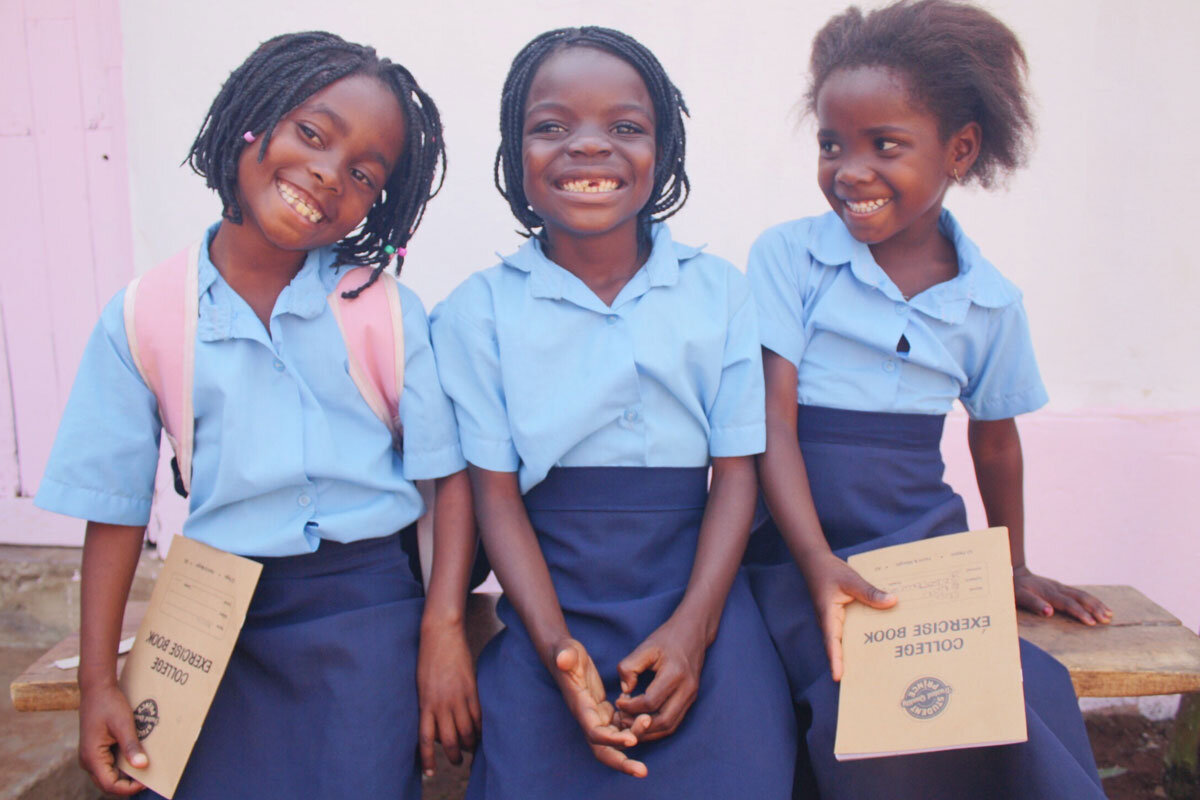
The 4th #IStandForGirls campaign is here and we’ve been blown away at the support and rallying around our work that we’ve seen already. If you’ve shared, commented, donated, or snapped a photo of you with your #IStandForGirls poster, thank you so much! There’s still plenty of time to join in, so don’t wait to download your printable sign!
While we wait for numbers from this year’s campaign to roll in (tallying them up is always exhilarating!), we thought we’d take a stroll down memory lane and share, in one accessible place, our impact over the past four years.
If you’ve been here for a bit, you’ll know the basics: for our 2017 campaign, our goal was to sponsor 100 girls. For 2018, we sponsored 200, and last year in 2019 we added a focus on holistic education. In the beginning, donors and sponsors covered the basic costs of education (transportation, school supplies, uniforms, and school fees), but we soon discovered that most girls need more support and enrichment beyond what we can offer in the classroom. In 2019, we were able to add things like field trips, extra-curricular activities, more parent-teacher communication and family support. These additions rounded out our education program and encouraged our girls to stay in school through continued support both in school and at home. In 2020, our cost of operations rose significantly due to the Coronavirus, and we foresee the same challenges facing us in 2021.
Most of our supporters know the basics of our work, but there is so much that goes on behind the scenes of our education programs that we don’t always get to share with you. So, Percina and Elisabetta, our two founders, sat down and calculated some statistics that we’ve never drawn up before and the results might surprise you.
2020 brought unique challenges to our program and you’ll see how the pandemic and other challenges affected Kurandza and our operations. You’ll also see how, slowly but surely, we’ve grown organically in our community in Mozambique, to create true, lasting change. And we couldn’t have done any of it without you!
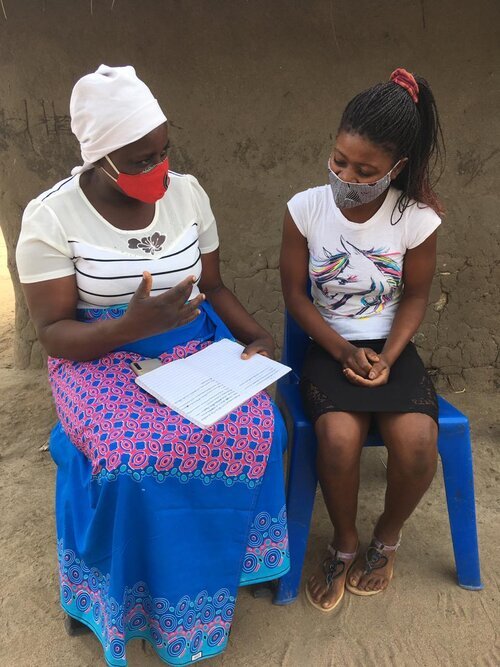
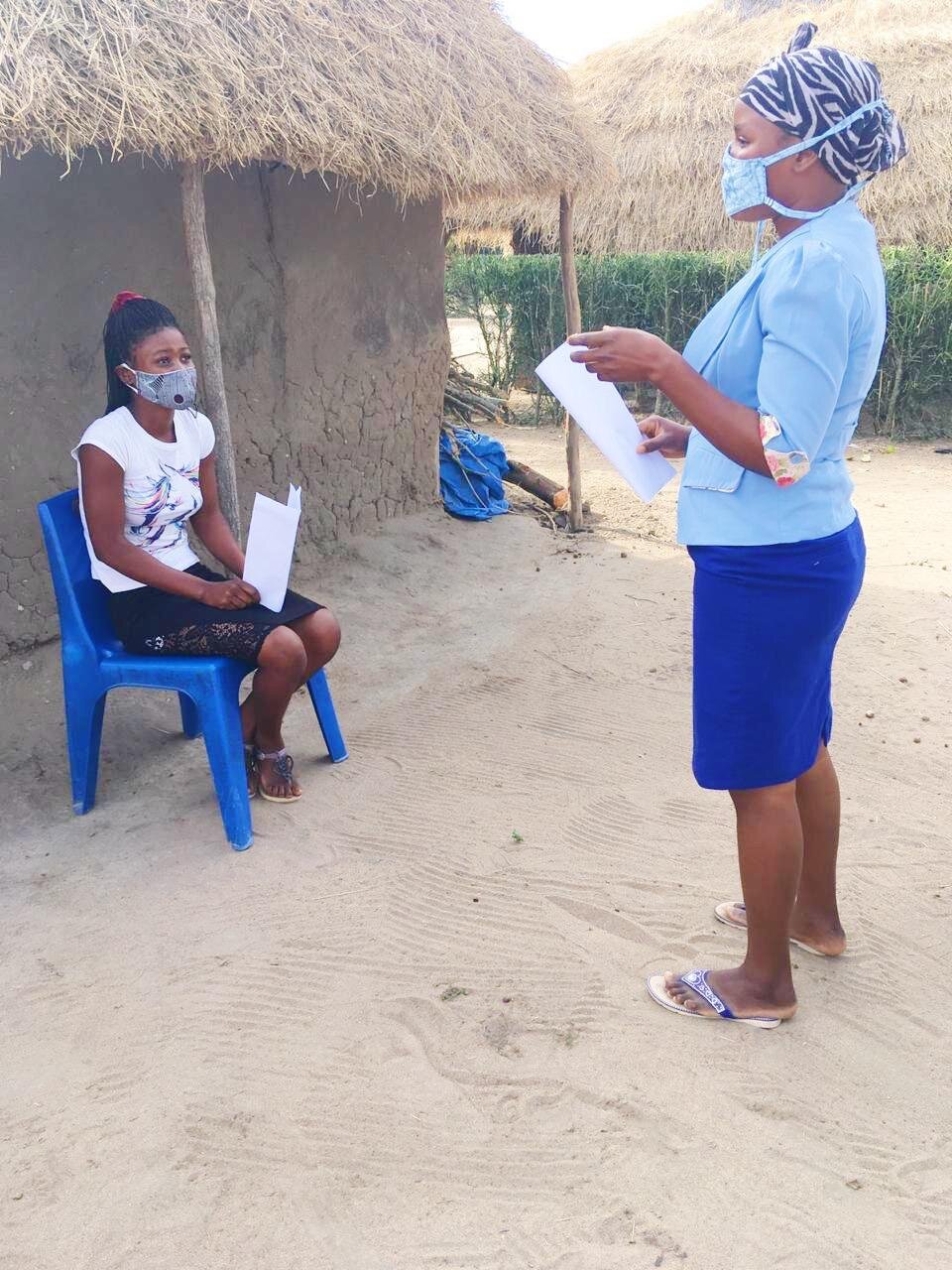
Hours of Personal Health Training
As you probably know, one of Kurandza’s biggest focus is holistic health education for our girls. For each child, we invest hours and hours of time to make sure she knows how to take care of her body and make the best decisions for her health and her future. This includes HIV/AIDS prevention, basic hygiene and sanitation discussions, nutrition education, and malaria prevention.
Since 2018, the Kurandza team has invested over 460 hours into our girls for personal health training. This includes both one on one time and group education.
Each girl receives more than 30 hours of this life changing education.
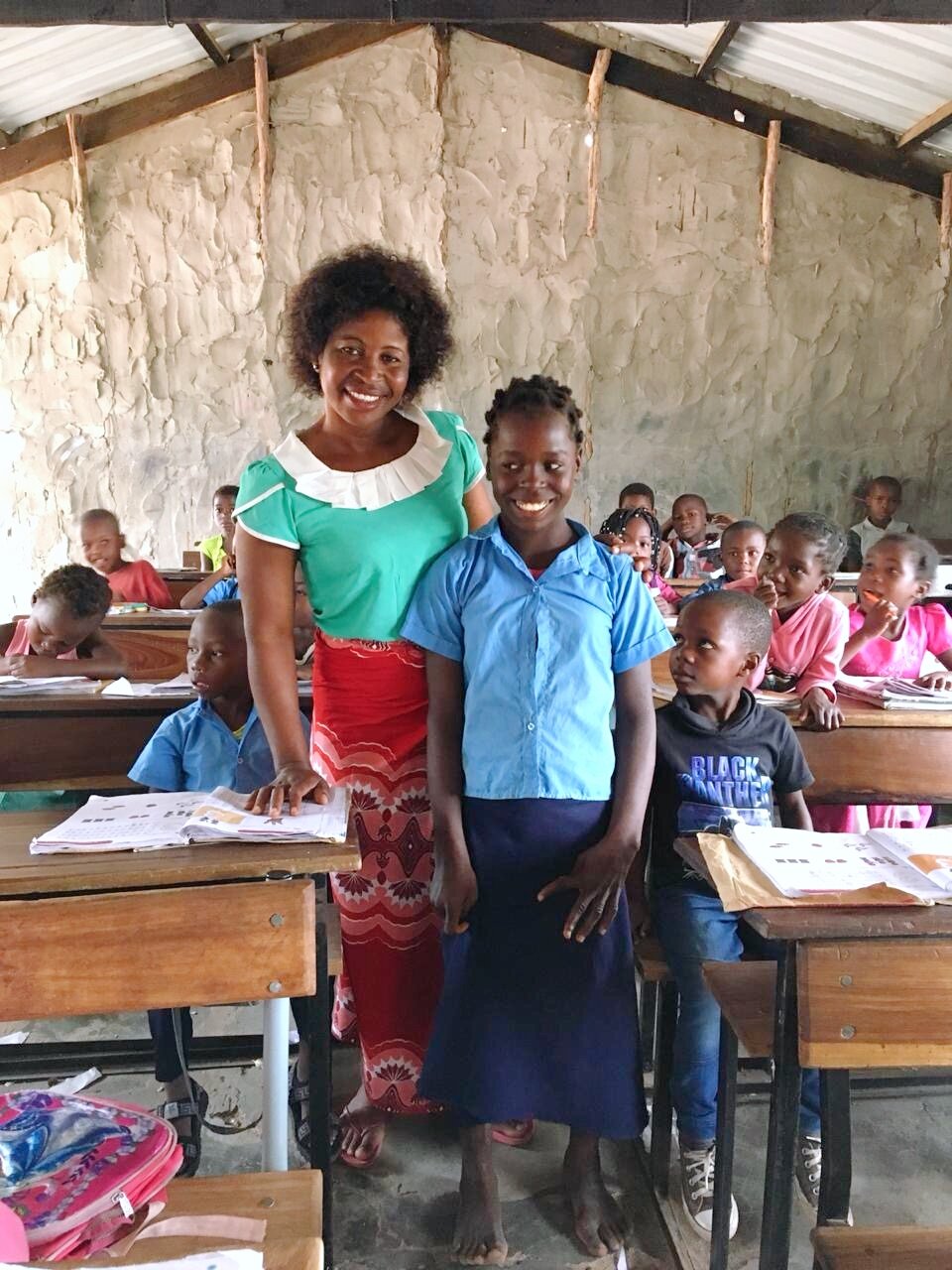
Hours of Out-of-School Tutoring
Our students get a lot of individualized attention while at school, but we also have the option to tutor students who might need a little boost outside of school.
In 2018, we spent 195 hours tutoring.
In 2019, 595 hours.
So far, in 2020, we’ve spent over 215 hours. That number is lower than it would have been otherwise because when Covid-19 hit, we had to do over the phone tutoring until we got permission from the local government to resume in-person tutoring. We hired a new team member (her name is Alice and she’s about to graduate from college!) specifically for tutoring during this time to do our home visits since so many of the schools continue to be closed.
Total hours tutoring so far: 995

Miles Saved through School Transportation
*These number include miles for high school students only
2018: 33,253 miles (53,516 kilometers)
2019: 46,850 miles (75,398 kilometers)
2020: 18,850 miles (30,336 kilometers)*
*This number is lower than what it would have been for 2020 due to school closures
Total miles saved: 98,953 miles
That’s a lot of miles our students would have walked! Transportation to and from school is extremely important for several reasons. Most secondary schools are located several miles outside of the rural villages where our girls live and the long walk to and from school everyday is both too far and leaves little time for anything else during their day before or after school. It’s also dangerous for students to walk alone to school. For the girls who don’t drop out, they’re at a higher risk for kidnapping and other crimes along the way. Picking up and dropping off our students each day is a simple but important action that keeps them safe and allows for more time and energy to focus on their schooling.
Covid Specific Stats
Meals delivered during COVID: 3,450 meals divided between 70 of our most vulnerable families
Children still in school through distance learning: 147*
*This number is excluding our preschoolers because they aren’t quite old enough to have official school work to do at home. They work on “fun homework” like singing, counting, and the alphabet, and our educators call and visit them periodically to see how they’re doing.
Masks given out: 31
We gave masks to all of our high schoolers when in-person learning opened back up in July.
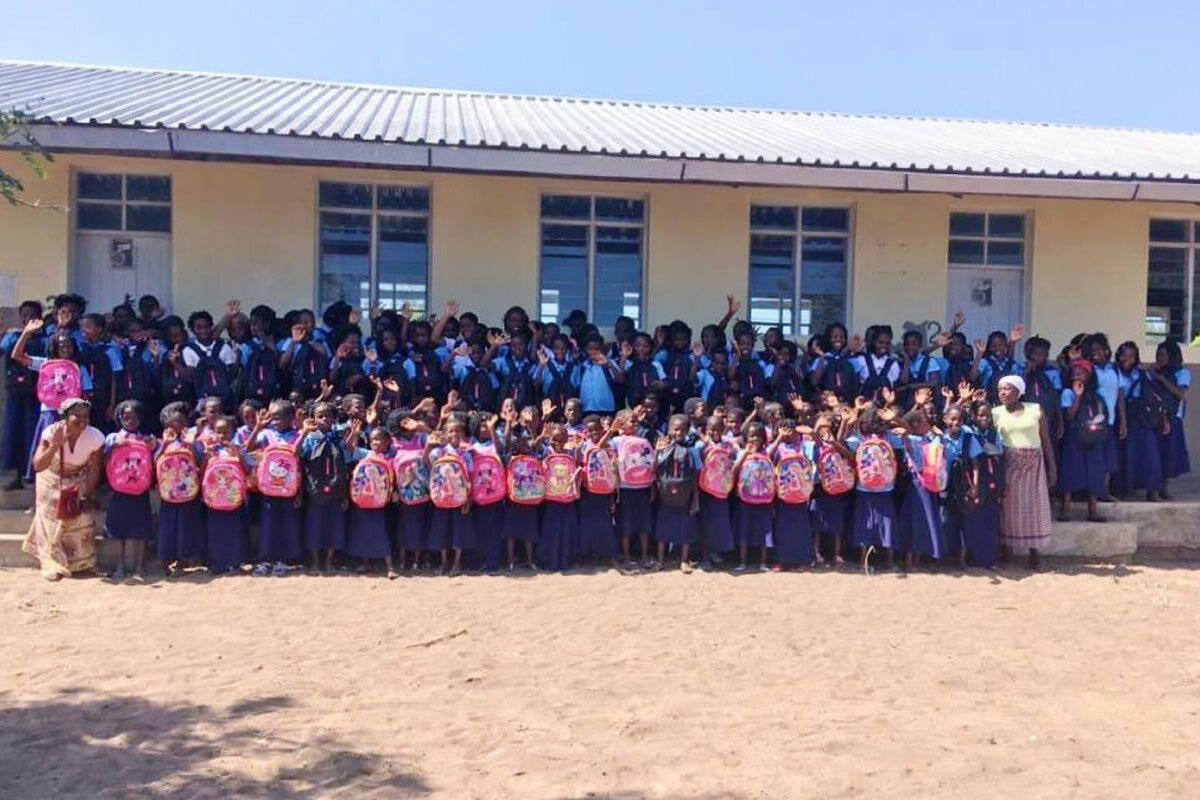
Are you as excited as we are after seeing this incredible growth? Our goal is to increase our reach and increase these numbers each year and our #IStandForGirls is the biggest campaign each year for making that happen.
We’ll release a new annual report at the beginning of next year - what other stats would you like to see included? We loved getting creative and sharing more with you!
Click here to join the #IStandForGirls movement and sponsor one of our girls so that they can go back to school!
#IStandForGirls impact over the years:

